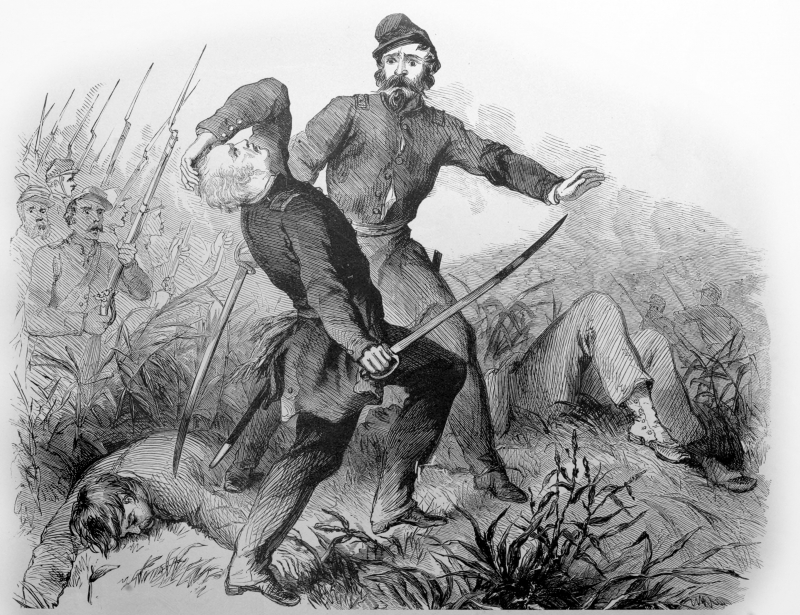Faulty intelligence
The Union Army crossed the Potomac River based on faulty intelligence. The Battle of Ball's Bluff was an accident. Fought on October 21, 1861, and long thought to have been a deliberate but bungled Union attempt to take Leesburg, it actually evolved from a faulty intelligence report provided by an inexperienced Union officer. And this becomes one of the facts about the Battle of Ball's Bluff.
Regarding this faulty intelligence, after Stone's small demonstration failed to attract Confederate attention, Stone ordered a reconnaissance group to cross the Potomac at Ball's Bluff to obtain more information on Confederate positions. Leading a company of the 15th Massachusetts, Captain Chase Philbrick crossed the river after dusk on October 20 with orders to scout as far as he could towards Leesburg until he saw something that aroused suspicion. Less than a mile from the riverbank, Philbrick saw what he believed to be a row of tents in the dim moonlight. The captain approached within 150 feet of the mock camp and realized that it appeared to be deserted, with no Confederate troops or campfires in sight. With his suspicions raised enough, the inexperienced and over-excited Philbrick returned to his superiors, not investigating the matter further. Upon hearing this report, Stone ordered Colonel Charles Devens and a raiding party of 300 men to cross the river and attack the camp. As dawn broke on the 21st, Devens realized that the "camp" he was after was nothing more than a row of trees - a trick of moonlight that fooled Philbrick into overdrive. Having received orders to wait for reinforcements and move towards Leesburg, Devens' men encountered predators from the 17th Mississippi and the skirmish commenced.










